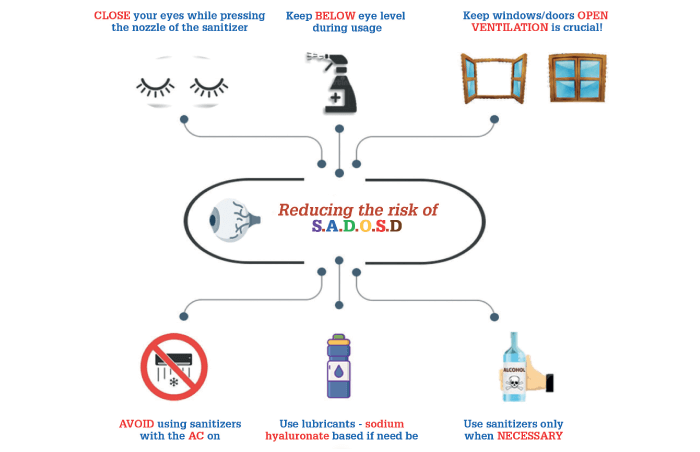
Clinicians in India are reporting that 60 percent of their virtual consultations during the COVID-19 pandemic have been for red eye; a quarter of cases were diagnosed as infective, but the rest were non-specific. Patients have admitted to using hand sanitizer sprays frequently (5–30 times a day), and so the authors of a study published in the Indian Journal of Ophthalmology (1) are now drawing attention to sanitizer aerosol-driven ocular surface disease (SADOSD). Symptoms of SADOSD include precorneal tear film changes and ocular surface discomfort. The researchers go on to list ocular risks associated with alcohol-based hand rubs and provide a list of measures for responsible use of hand sanitizers, while pointing out that the use of soap and running water should be encouraged.

References
- R Shetty et al., Indian J Ophthalmol, 68, 981 (2020). PMID: 32461409.
